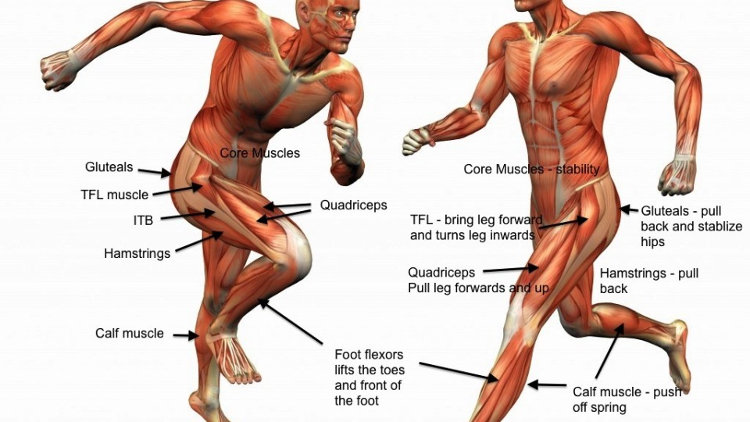Introduction
Tensor Fasciae Latae (TFL) pain is a common issue that affects many individuals, particularly those engaged in physical activities or leading a sedentary lifestyle. This article aims to provide a comprehensive overview of TFL pain, exploring its causes, symptoms, effective treatment options. Whether you’re an athlete, fitness enthusiast, or someone experiencing hip pain, this article will help you understand manage tensor fasciae latae pain effectively.
What is Tensor Fasciae Latae (TFL)?
The Tensor Fasciae Latae, often referred to as TFL, is a small muscle located on the outside of the hip. It originates from the iliac crest of the pelvis inserts into the iliotibial (IT) band, a thick band of connective tissue that runs down the outside of the thigh. The TFL plays a crucial role in stabilizing the pelvis assisting in hip movement.
Causes of Tensor Fasciae Latae Pain
Several factors can contribute to the development of TFL pain. The most common causes include:
- Overuse or Repetitive Movements: Athletes individuals engaging in activities that involve repetitive hip movements, such as running or cycling, may experience TFL pain due to overuse.
- Weakness or Imbalance: Weakness or imbalance in the muscles around the hip pelvis can lead to increased stress on the TFL, resulting in pain discomfort.
- Sedentary Lifestyle: Prolonged periods of sitting can lead to muscle imbalances tightness in the TFL, causing pain when the muscle is suddenly engaged in physical activities.
- Injury or Trauma: A direct injury or trauma to the hip area can damage the TFL muscle, leading to pain inflammation.
- Hip Bursitis: Inflammation of the bursa sac near the TFL can cause pain discomfort in the hip region.
Symptoms of Tensor Fasciae Latae Pain
Identifying the symptoms of TFL pain is crucial for accurate diagnosis timely treatment. The common symptoms include:
- Pain on the Outer Hip: The primary symptom of TFL pain is tenderness discomfort on the outer hip or thigh.
- Pain with Movement: Activities that involve hip movement, such as walking, climbing stairs, or running, can exacerbate the pain.
- Stiffness: Individuals with TFL pain may experience stiffness in the hip area, especially after periods of inactivity.
- Radiating Pain: In some cases, TFL pain may radiate down the thigh or to the buttocks.
Treatment Management

Managing TFL pain involves a combination of rest, targeted exercises, lifestyle adjustments. Here are some effective treatment options:
- Rest Ice: Resting the affected hip applying ice can help reduce inflammation relieve pain.
- Physical Therapy: Working with a physical therapist can help strengthen the hip muscles, correct imbalances, improve flexibility.
- Stretching: Regularly stretching the TFL surrounding muscles can alleviate tightness prevent further pain.
- Anti-inflammatory Medications: Over-the-counter nonsteroidal anti-inflammatory drugs (NSAIDs) can help reduce pain inflammation.
- Heat Therapy: Applying heat to the hip area can help relax the muscles reduce discomfort.
- Activity Modification: Avoiding activities that worsen the pain can prevent further aggravation of the TFL.
Preventing TFL Pain
Preventing TFL pain is essential, especially for athletes physically active individuals. Here are some tips to minimize the risk of TFL pain:
- Proper Warm-up: Always perform a thorough warm-up before engaging in physical activities to prepare the muscles for movement.
- Strength Training: Incorporate hip-strengthening exercises into your fitness routine to support the TFL surrounding muscles.
- Stretching Routine: Regularly stretch the hip muscles, including the TFL, to maintain flexibility prevent tightness.
- Listen to Your Body: Pay attention to any discomfort or pain in the hip area avoid pushing through it.
Conclusion
Tensor Fasciae Latae pain can significantly impact one’s daily activities athletic performance. Understanding the causes, symptoms, treatment options for TFL pain is crucial for effective management prevention. If you’re experiencing persistent or severe TFL pain, consult a healthcare professional or physical therapist for personalized advice treatment.
Remember, taking care of your hip health is essential for maintaining an active pain-free lifestyle.



